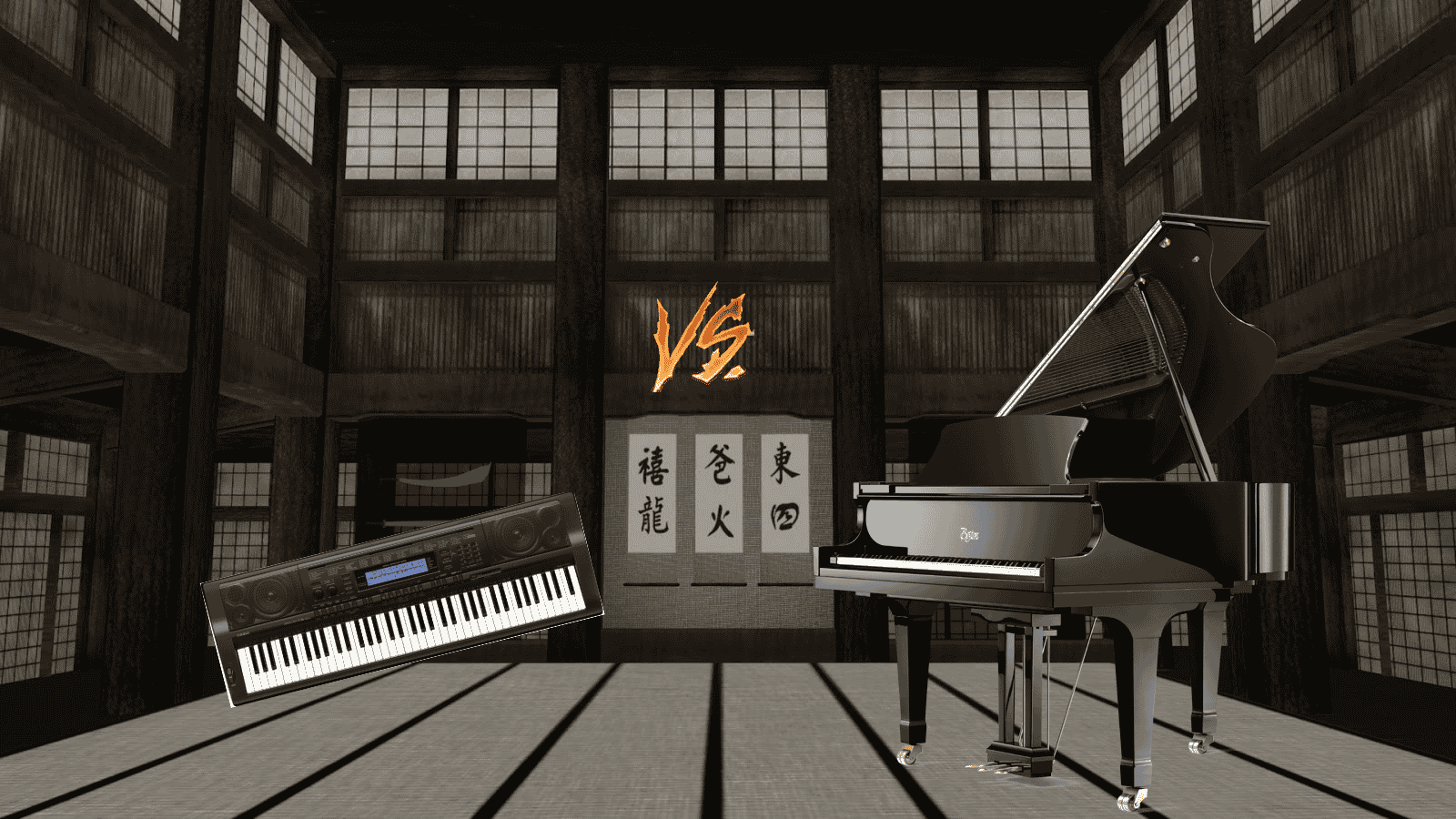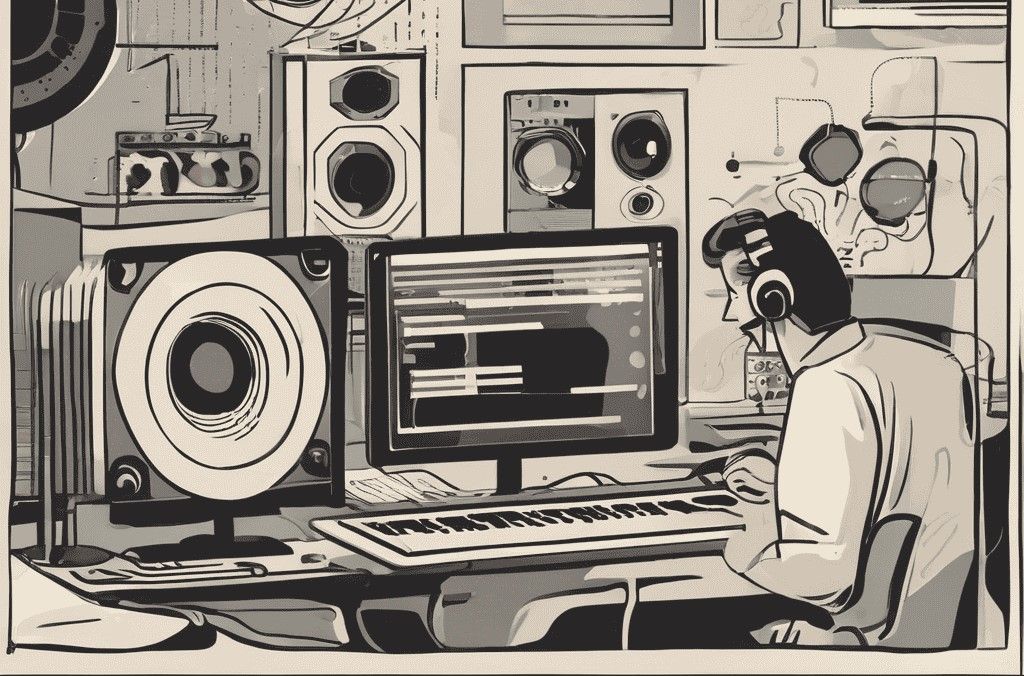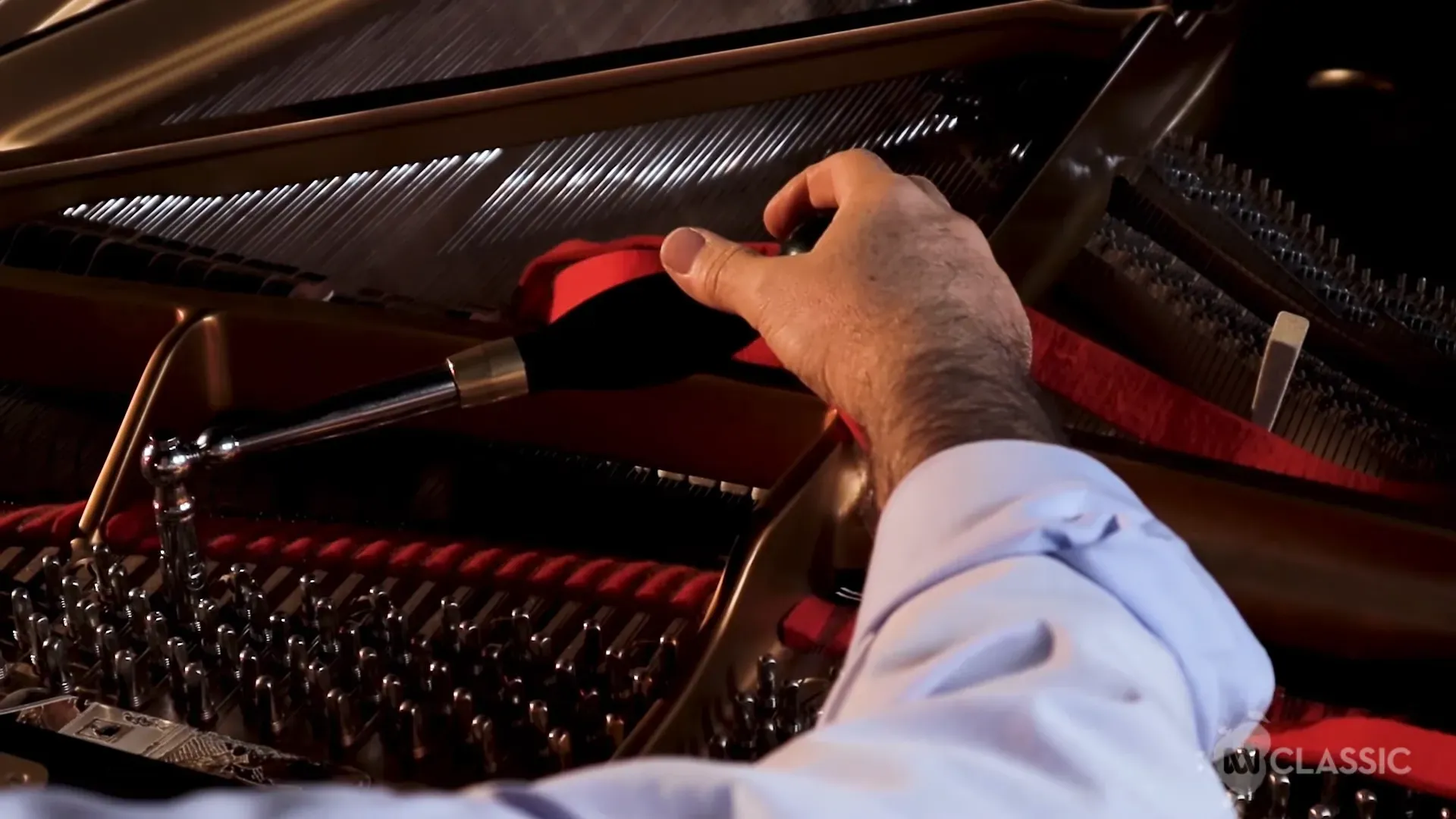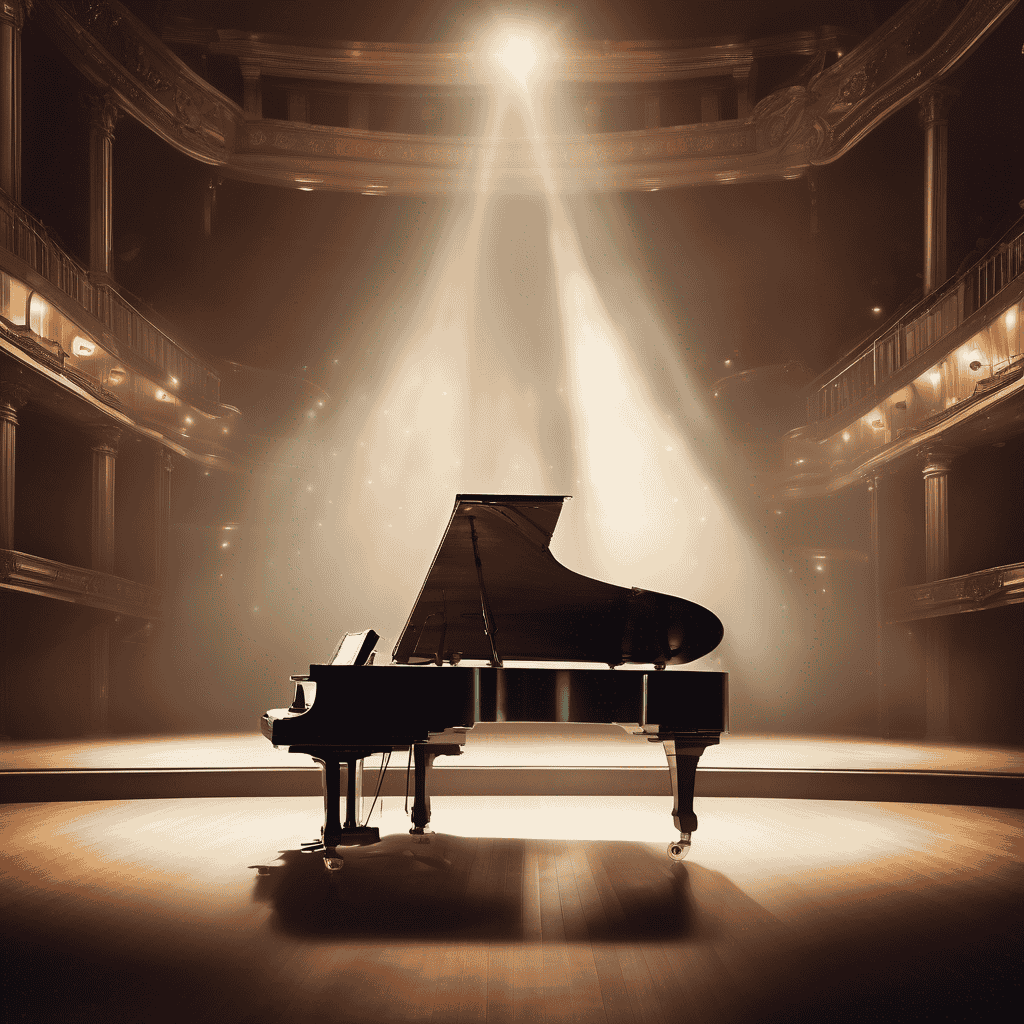ACOUSTIC VS. DIGITAL Piano: A Quick Comparison

When purchasing a piano, there are many factors that customers take into consideration during the decision process. It is common for prospective piano buyers to conduct extensive research by reading specialized piano blogs, consulting with piano teachers and professional pianists, and asking for advice from friends and family members who have experience with pianos.
With so many options and opinions to weigh, the choice between an acoustic piano and a digital piano can become an overwhelming decision. While entire books could be written comparing every minute characteristic of acoustic and digital pianos, this article aims to provide a general overview of the key differences shoppers should understand when evaluating both types of instruments.
Sound Quality

One of the most noticeable differences between acoustic and digital pianos is sound itself. Acoustic pianos produce sound acoustically through strings and a soundboard, creating a rich, nuanced tone. Digital pianos rely on digital samples to recreate piano sounds. Even the best digital piano technology cannot perfectly capture the complexity and resonance of an acoustic piano's sound.
However, it is important to note that even acoustic pianos of the same make and model can have slight variances in tonal quality due to factors like cabinet materials and craftsmanship. Just as each human voice is unique, each individual acoustic piano has distinctive tones and colors. Choosing the right acoustic piano involves finding the perfect tonal palette to match your tastes.
Descriptors like "warm," "bright," "bold," or "mellow" are highly subjective when it comes to defining piano sound. One person may characterize a piano's tone as warm and rich while another hears the same piano as dull or muted. Defining your own ideal sound is crucial during the piano selection process.
Digital piano manufacturers aim to faithfully reproduce the tones of top-tier grand pianos through advanced sampling methods. While digital piano sounds continue to improve through technological progress, most pianists maintain they fall short of duplicating the complex overtones of an acoustic instrument.
However, digital pianos provide more flexibility and customization when it comes to piano voices. Many models allow you to layer sounds together, adjust reverb, or even download new voices to accommodate various musical genres. This can allow you to fine-tune the sound to perfectly match your preferences.
One area where digital pianos hold an advantage over acoustic pianos is consistent tuning. Even the highest quality acoustic pianos will go out of tune over time, requiring professional tuning every six months on average. Tuning fees quickly add up, which can be frustrating and expensive for pianists who just want to play in tune. Digital pianos never go out of tune, meaning beginners can play along with perfectly tuned apps or lessons without extra costs.
Touch and Feel
In addition to sound, key touch and feel is integral to the piano playing experience. Acoustic upright pianos typically have a simple mechanism with 2-3 springs and levers that connects the keys to the hammers. Over time, this can lead to issues like sticky or sluggish keys if spring tensions change. Professional musicians strongly prefer the feel of acoustic grand pianos, which use a more complex lever and pivot system to connect the keys and hammers seamlessly. Grand pianos offer pianists greater dynamic control and allow more nuance in techniques like rapid repeated notes. Many pianists find upright pianos limiting for advancing technique.
Digital pianos aim to recreate the keyboard feel of an acoustic grand through weighted keys and hammer action mechanisms. Quality varies widely, from cheap models with a synthesizer-like light touch to high-end digital pianos nearly indistinguishable from an acoustic grand. When evaluating digital pianos, carefully testing the keyboard action is recommended. Experiment with techniques like repeated notes, soft/loud dynamics, and quick direction changes to ensure the digital piano can keep up with your developing skills. For advanced pianists, only the most authentic digital actions will do. Beginners may be satisfied with a lighter touch.
Maintenance

One of the major advantages of digital pianos compared to acoustics is lower maintenance. Acoustic pianos, especially grand pianos, require significant regular upkeep. Tuning fees can run $100-200 for grands and $80-150 for upright pianos on average. Acoustics pianos may need tuning 2-3 times per year to stay in top playing condition. Additional maintenance like action regulation, voicing, and repairs add to the cost. For musicians on a budget, these recurring expenses can become burdensome. Owners of seldom-played acoustic pianos still must pay for tuning before each use.
With digital pianos, piano maintenance becomes practically zero. Their sounds never go out of tune, and the actions are designed to not degrade over time. While acoustic pianos can gradually lose playability without upkeep, a quality digital piano will play the same year after year whether played daily or just a few times annually. For those that just want to play without hassle, digital instruments are far more convenient and affordable long-term.
Who Should Choose Digital Pianos?

For certain pianists, digital pianos provide clear benefits over traditional acoustic pianos. Students and hobbyists that only play occasionally benefit from the constant tuning stability. Gigging musicians can easily transport digital pianos between venues. Home players can practice quietly at any hour with volume control and headphones. Schools favor digital pianos for low maintenance and volume control in group lessons or band settings.
Beginners may also appreciate the variety of tones and built-in songs on digital pianos when starting out. The ability to practice with smartphone apps, lesson videos, and music software integrates well with digital instruments. For those with limited space, digital vertical pianos provide an upright form factor without compromising sound quality.
When evaluating digital pianos for advanced playing, take time to test the key action and responsiveness. Models with hammer actions modeled closely after concert grand pianos give the most realistic acoustic piano feel. If you plan to perform demanding classical repertoire, only very high-end digital piano actions will suffice.
Who Should Choose Acoustic Pianos?

For many pianists, nothing can quite match the experience of playing an acoustic piano. The resonance of the soundboard, the warmth of the strings, and the subtle tonal variations that develop over years of playing create an instrument with true character and soul. Those seeking the traditional piano aesthetic and playing experience may find digital pianos leave something to be desired.
Serious classical pianists at advanced levels strongly favor the feel of real grand piano actions over any digital imitation. The seamless control and responsiveness empowers nuanced musicality. Recording studios, concert halls, and other professional settings predominantly choose acoustic grand or upright pianos for their musical projects.
For acoustic piano purists, tuning and maintenance come as part of owning a fine musical instrument. Some even say a perfectly tuned piano loses personality compared to one that has settled into its slightly idiosyncratic pitch character. Those unwilling to compromise on authenticity will accept the regular care and expenses that come with owning an acoustic piano.
The Choice is Yours
Ultimately, choosing between an acoustic or digital piano comes down to personal priorities. Consider how you intend to use the instrument, your musical taste, and commitment to maintenance costs. Try out both types, playing music in styles you enjoy to determine if the difference in sound quality and touch matters to your individual needs. For some, digital convenience wins out over acoustic character. For others, nothing replicates the romance of writing melodies on wooden keys and steel strings. Let your own ears and fingers guide you to the right piano for your needs and budget.

Comments ()